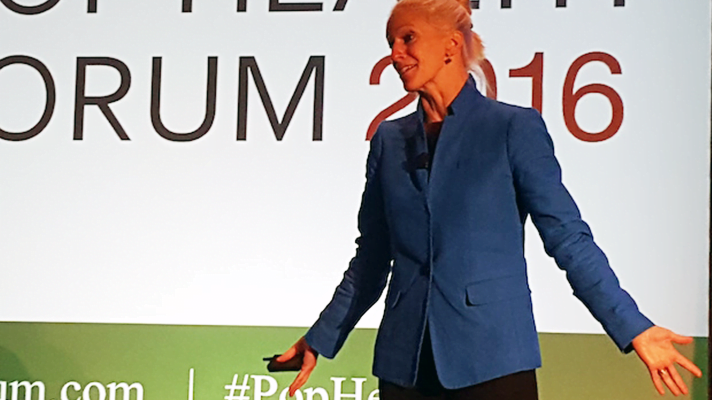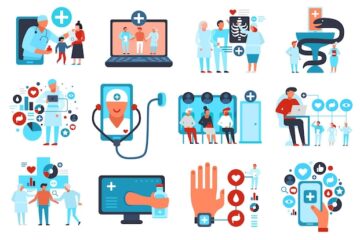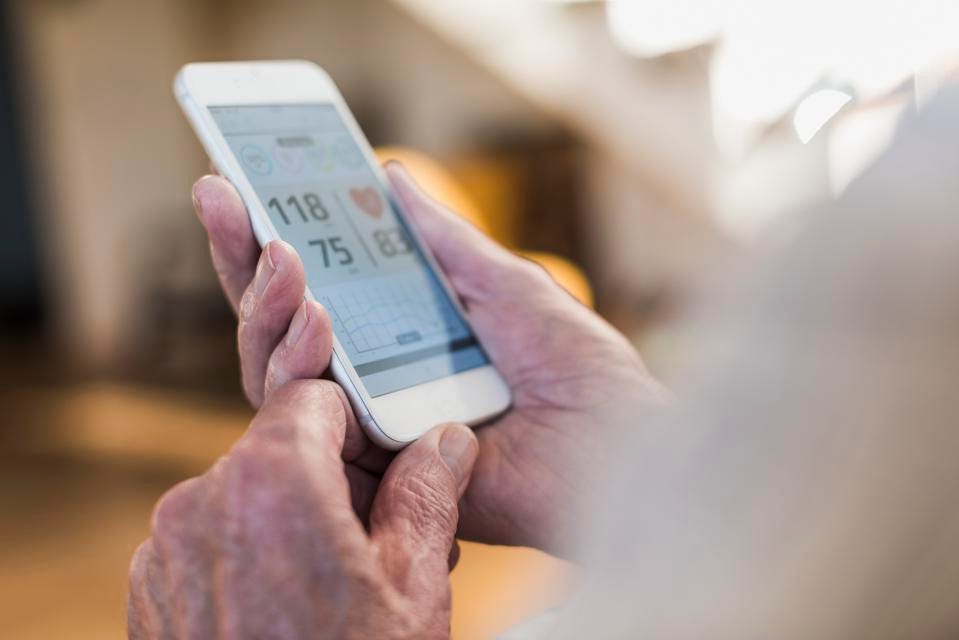
At the HIMSS Pop Health Forum in Chicago this week, Cleveland Clinic Chief Experience Officer Adrienne Boissy, MD, made the case that health apps alone are not a strategy – and in fact can hinder positive patient experience if they’re not deployed wisely.
“I just learned the Cleveland Clinic has 22 apps, many of which haven’t been updated for several years,” Boissy said. “That is not a seamless, cohesive digital platform. We have a way-finding app, then we’re going to get the scheduling app, and then the check-in kiosk. Then we’re going to get the discharge app. You can see where, in the patient’s lens, it makes no sense. I just talked to you about reducing suffering of the patient and family. Increasing the volume of stuff doesn’t do that. Nor does it help the brand that you’re hoping to put forward.”
Boissy challenged the conventional wisdom around patient engagement because it doesn’t take the time to learn what patients really want. She shared that market research shows the thing Cleveland Clinic patients worry the most about is delays. But the hospitals technology initiatives aren’t focused on delays. Other patients aren’t engaging, but with good reason.
[Also: Pokémon Go on the decline? That does not bode well for health apps and patient engagement]
“Not all patients want to be engaged,” she said. “As a multiple sclerosis physician, I can tell you the vast majority of my patients hate coming to see me. They hate to be reminded they have MS. The best thing I can do to engage them is to leave them alone.”
So recently, Cleveland Clinic has been working on incorporating more feedback from patients into their process, including asking them questions about more than just their health, to learn about their lives and priorities. And there have already been some actionable learnings.
“In an in-patient setting, people want to know two things,” she said. “One, who is on my care team and two, what is going to happen to me today. I have met very few healthcare systems that tell people that every day, yet that is their number one most important thing.”
Boissy asked the crowd to think about patient engagement as being about engaging each patient in the way that means the most to them, not just about creating broad, population-facing tools.
“Patients define their own engagement,” she said. “It’s kind of ironic that these physicians would decide what’s best for you to keep you engaged.
[Source: healtcare It]




